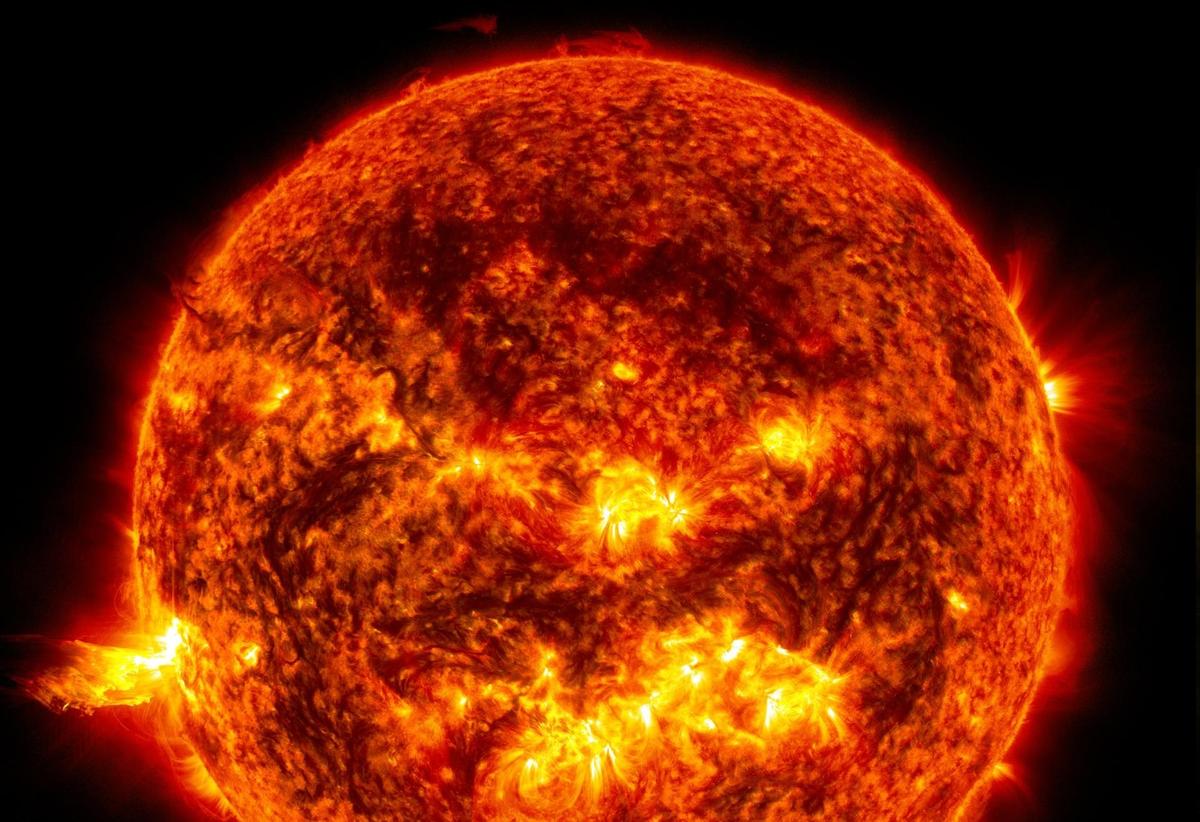Iron Opacity in Sun
Recent studies have revealed vital information about the opacity of iron in the sun. This opacity affects our understanding of stellar physics and the behaviour of stars. Scientists have long debated the discrepancy between observed data and theoretical models regarding elemental abundances in the sun. New research suggests that iron’s opacity may be much higher than previously predicted, which could have deep implications for solar models and our understanding of the universe.
Significance
Opacity is a measure of how much light a material absorbs. In stars, opacity affects energy transfer and temperature profiles. High opacity means less light escapes, influencing a star’s brightness and heat distribution.
The Sun as a Stellar Model
The sun is the closest star to Earth and serves as a primary model for understanding other stars. Through various studies, scientists have developed theories about stellar properties based on data collected from the sun. These theories guide the understanding of stellar formation, energy generation, and the impact of stars on planetary systems.
Discrepancies in Elemental Abundance
Research has shown that the sun contains 30-50% less carbon, oxygen, and nitrogen than predicted by models. This discrepancy raises questions about the accuracy of elemental measurements and the underlying assumptions in stellar models. Scientists have suggested that refining these measurements could resolve some discrepancies.
Recent Findings on Iron Opacity
Recent studies indicate that iron’s opacity may be 30-400% higher than earlier predictions. A study published in 2015 brought into light the need for revised opacity values to align with observed data. These findings have been supported by subsequent research that used advanced techniques to measure opacity under conditions mimicking those in the sun.
Methodologies for Measuring Opacity
Advanced technologies have enabled scientists to measure iron’s opacity in sun-like conditions. Researchers at Sandia National Laboratories used X-ray sources and ultrafast cameras to study iron samples. Their findings suggest that the models used to predict opacity may be fundamentally flawed, necessitating a reevaluation of existing theories.
Month: Current Affairs - April, 2025
Category: Science & Technology Current Affairs








